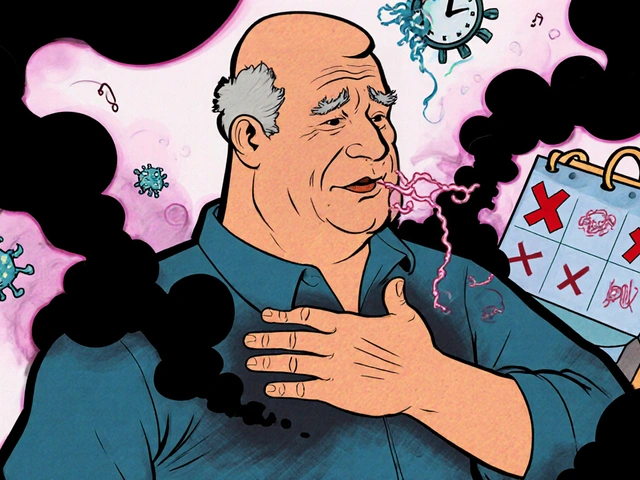Celexa (citalopram): What It Does and How to Use It Safely
Celexa is a common antidepressant used to treat depression and sometimes anxiety. It belongs to a group called SSRIs that help increase serotonin in the brain. People choose Celexa because it often works well and has a simpler dosing schedule than some older drugs.
Start low and go slow. Typical adult doses begin at 20 mg once daily, taken at the same time each day. Your doctor may raise the dose to 40 mg after a few weeks if symptoms don't improve. Never double up on a missed dose and do not stop Celexa suddenly — tapering helps avoid withdrawal symptoms like dizziness, irritability, or sleep problems.
Watch for side effects early. Common ones include nausea, dry mouth, sleep changes, and sexual side effects like lower libido or delayed orgasm. Most side effects fade in a few weeks. Contact your doctor right away for signs of serotonin syndrome (fast heartbeat, high fever, confusion) or unusual bleeding, especially if you're on blood thinners.
Who should avoid Celexa and drug interactions
Don't use Celexa with MAO inhibitors, pimozide, or certain antipsychotics. Combining Celexa with other serotonergic drugs (other SSRIs, SNRIs, triptans, some pain meds like tramadol) increases risk of serotonin syndrome. Also avoid large doses if you have a heart rhythm problem; Celexa can affect QT interval at higher doses. Tell your doctor about all meds, supplements, and herbal products like St. John's wort before starting.
Special groups need care. Older adults may be more sensitive to side effects and to the QT effects; doctors usually use the lowest effective dose. Pregnant or breastfeeding people should discuss risks and benefits — untreated depression also carries risks. If you plan to conceive, ask your provider for a plan that balances mental health and fetal safety.
Tips for better results on Celexa
Give it time: most people need 4 to 6 weeks to notice real improvement. Keep a simple symptom log to track mood, sleep, appetite, and side effects. Be consistent: take it at the same time and try to avoid alcohol while adjusting. Pair medication with therapy, exercise, and good sleep — those things boost odds of recovery. If you don't respond after a full trial, your doctor may switch medicines or add a second treatment.
Remember: Celexa helps many, but it's not a quick fix. Ask clear questions in appointments: expected timeline, signs to report, and how to stop safely. If you notice suicidal thoughts, seek help immediately — especially in young adults and teens where risks can increase early in treatment.
Monitoring and follow-up matter. Your doctor may check blood pressure and ask about mood at regular visits, especially during the first two months. Labs aren't routine but may be needed if you have other conditions like liver disease. Store Celexa at room temperature away from moisture. If you ever get a rash, racing heartbeat, or fainting, stop taking it and get urgent care. Keep a medication list for every provider you see daily.




